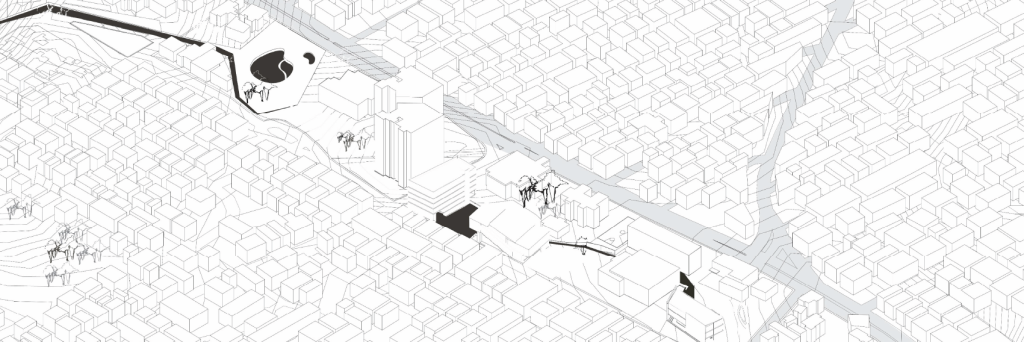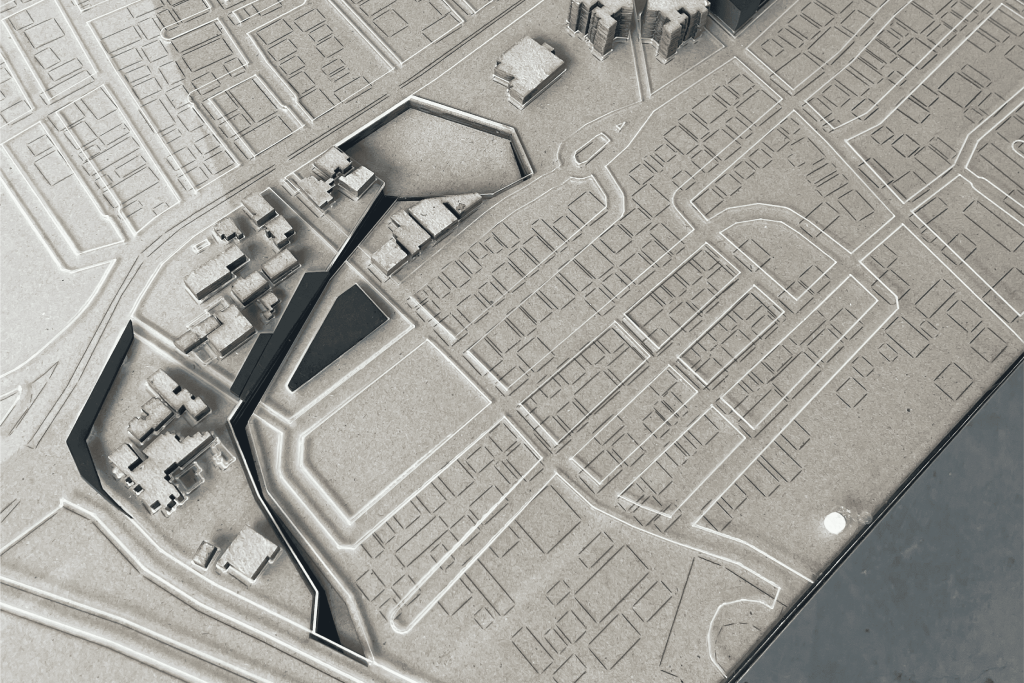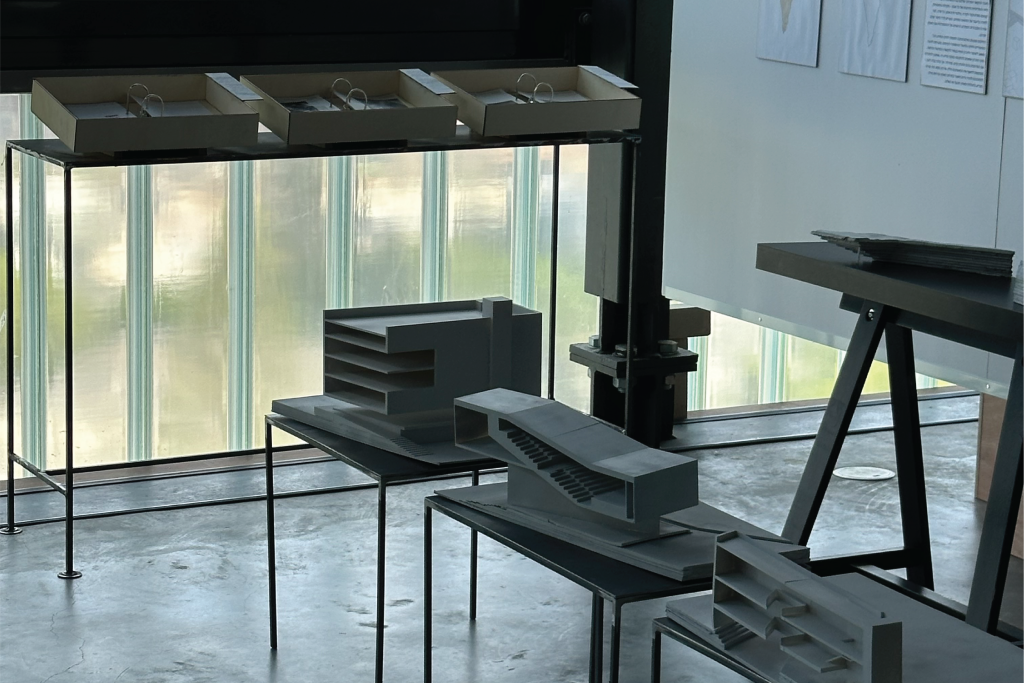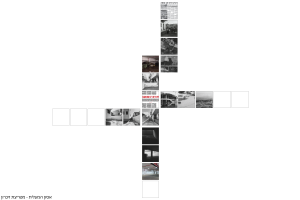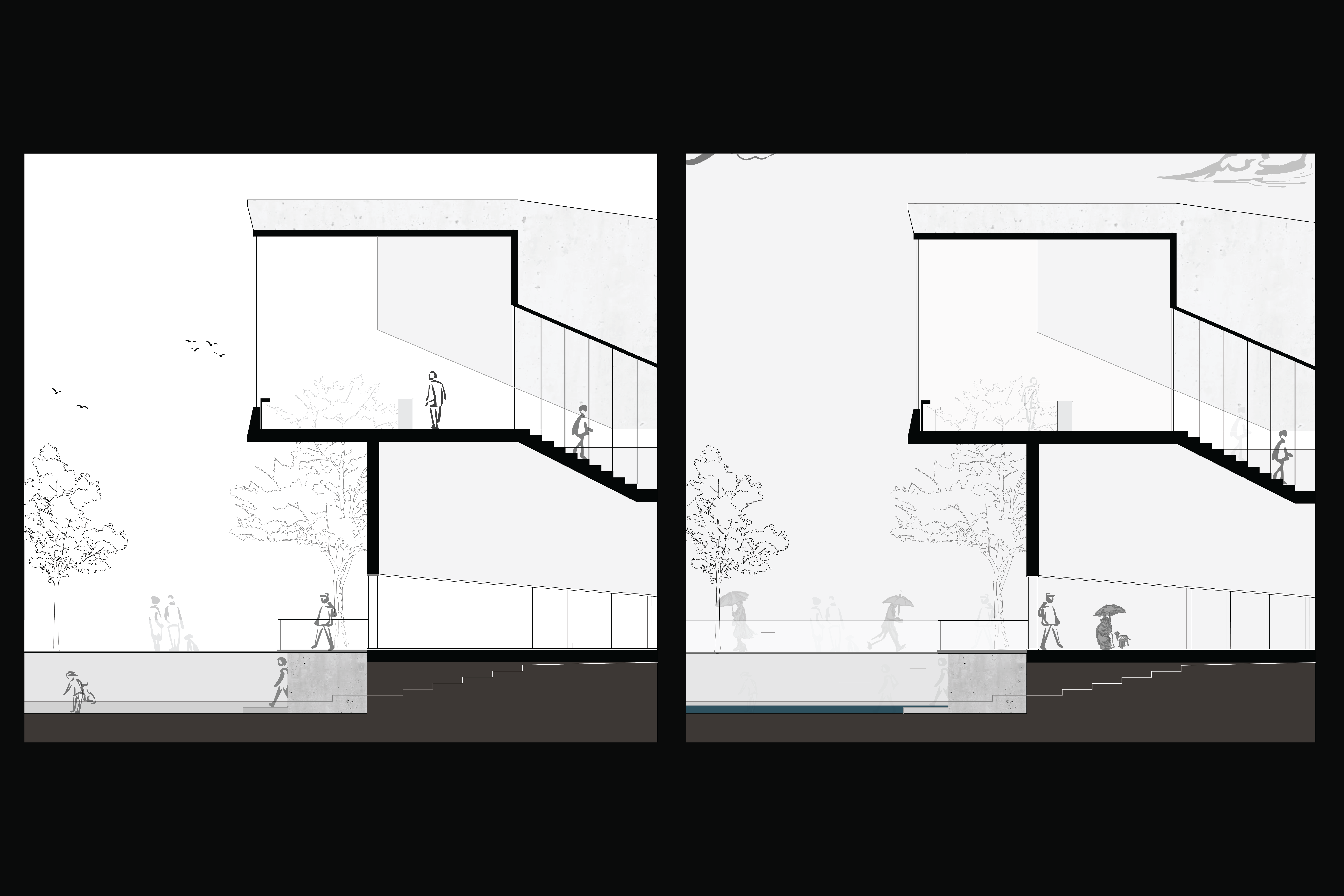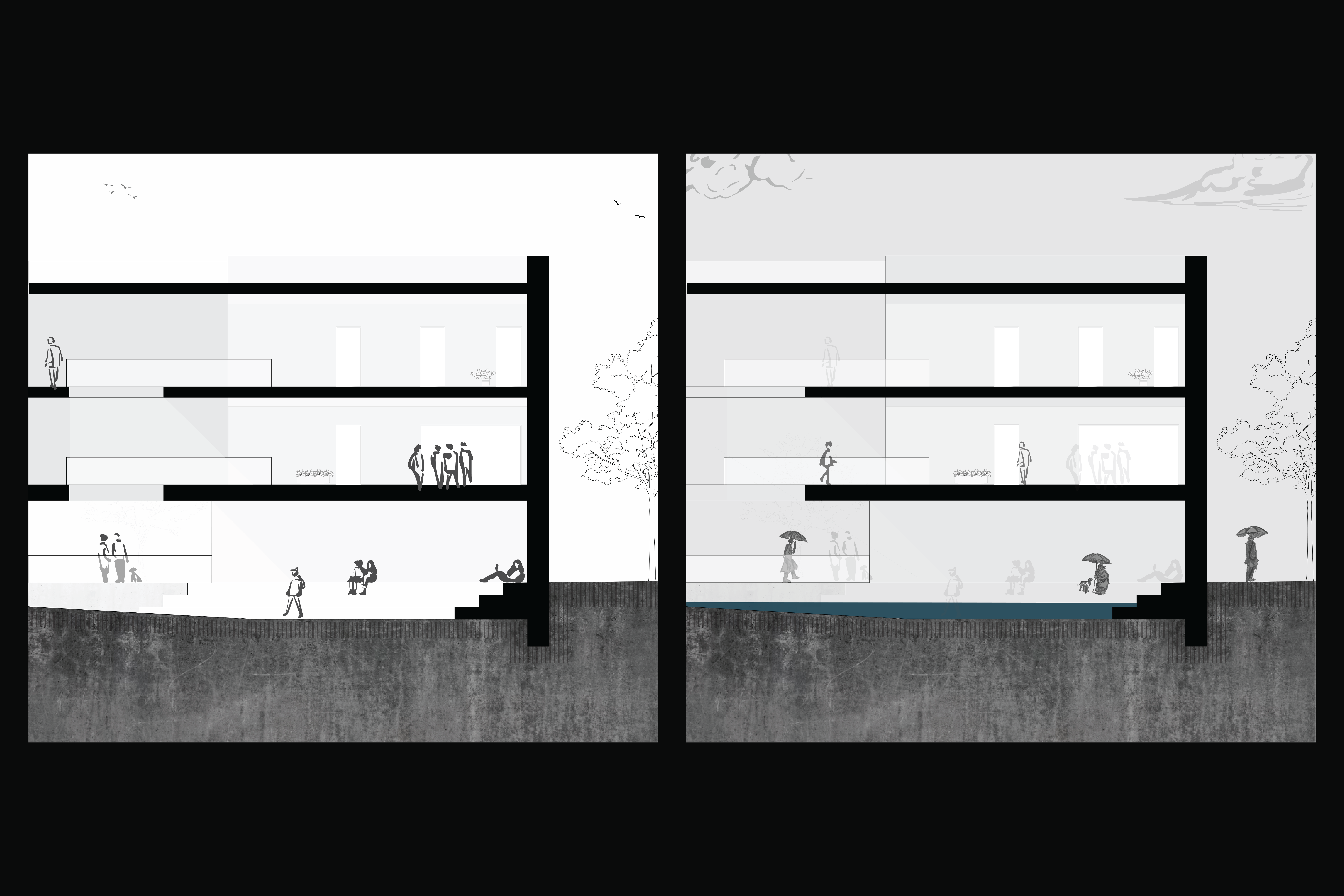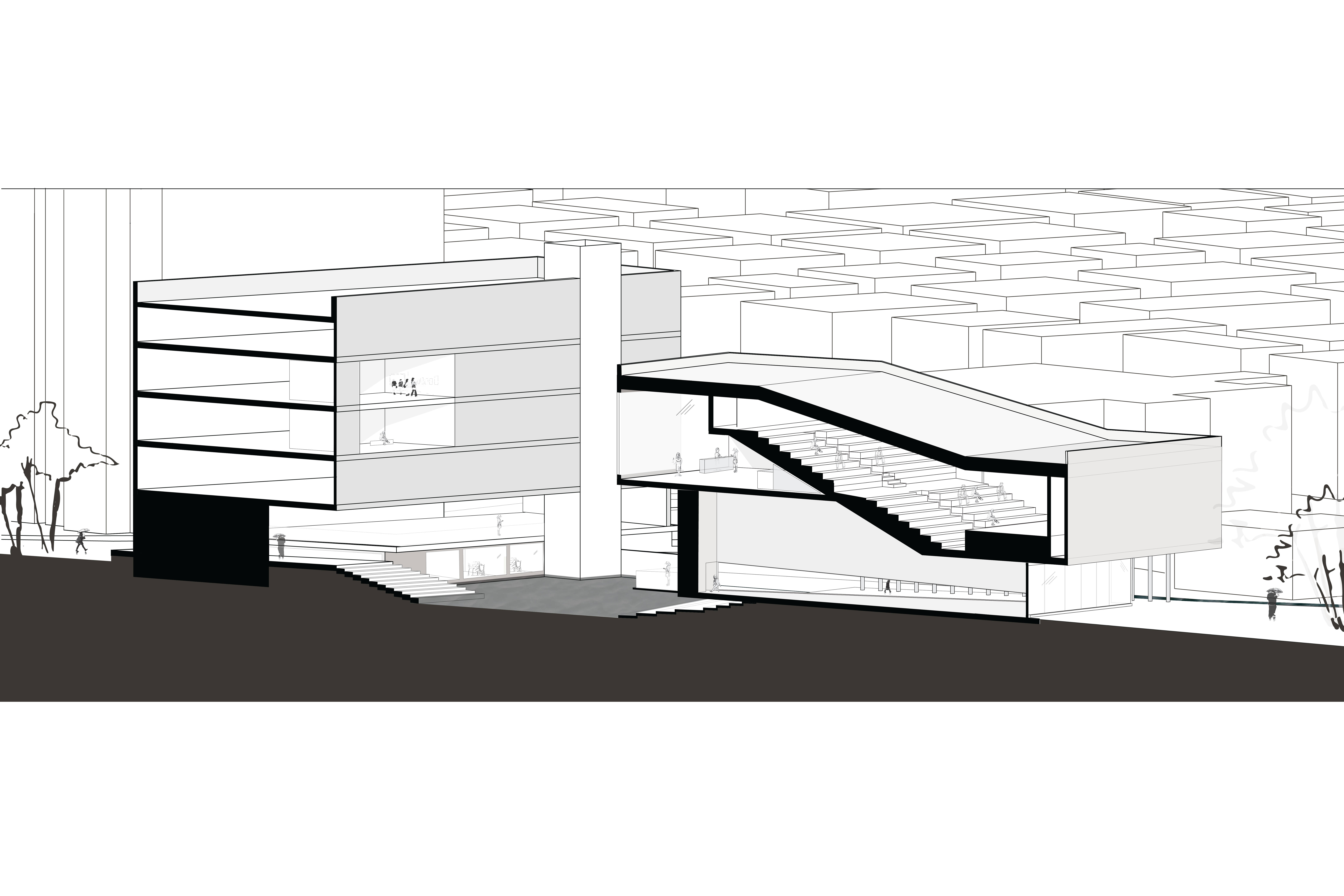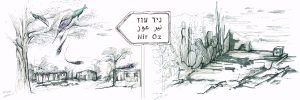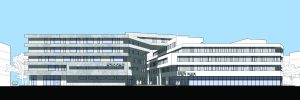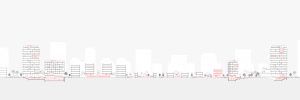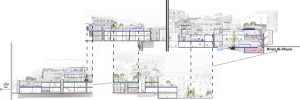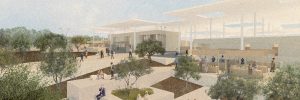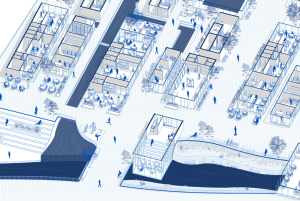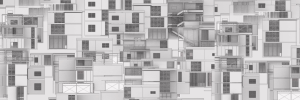Echoes of Memory
The project offers a planning alternative to the act of spatial memory, with its starting point the learning of an event within its physical, urban, and social context.
The spaces in which we live contain both physical and emotional histories. The planning process takes into account historical documentation, which is characterized by empirical dimensions, but alongside them, the space also includes softer, more elusive dimensions that are difficult to capture and express: memory, relationships, longing. All of these are contained within the space but remain hidden from view, present-absent, shadows-echoes.
The Israeli space is very accustomed to memory, as long as it relates to national-security aspects. The war is ongoing, and simultaneously, processes of spacing the memory of an event that has not yet ended are already advancing. The national narrative easily finds its way into the space, woven throughout the land like one of the words in the Hebrew language, like a convention, while civilian memory subjects, carrying within them deficiencies and failures, are pushed out of the discourse in the physical space, and thus out of consciousness.
Within the framework of the project, I examined spaces where the memory of a tragic event resonates – an event caused directly by the physical conditions of the built environment. These stories, which architecture is obliged to embed as lessons within the space, are absent from the planning discourse and are the ones I sought to illuminate.
The spaces examined were archived in binders in a way that allows for the perusal of documents collated and organized together, making accessible parts of the story not included today in the set of information materials obligating planners. Through these, emotional dimensions of coping with the disaster and its memory became clearer.
All the spaces that were filed are ones that experienced a disaster etched into public consciousness due to the exceptional scale of the damage or the exposure of physical conditions that led to the calamity and still exist on-site, echoing the possibility of it recurring. The project calls on planners to recognize the knowledge embedded in the disaster space and its decisive role in the success or failure of a planning effort.
From the disaster events examined, I chose to focus on the elevator disaster that occurred on January 4, 2020, in HaTikva neighborhood. I researched the physical context of the disaster, as well as its historical and social context, and presented a planning proposal that integrates memory with rehabilitation and the prevention of recurring disasters, aiming to bridge and connect the spatial course of the event with the spatial image of memory.


